Meal planning doesn’t have to be an overwhelming chore. There are many factors that can help you organize and narrow down your choices. Here are the most effective 30 meal-planning tips for those on a budget.
30. Brainstorm the Right Way

Effective brainstorming for meal planning isn’t something you do all at once. It’s something you do over time. Therefore, it’s absolutely essential to create a list to which you’ll add your ideas as they come to you. You can do it on paper, on your phone’s notes app, or as a web browser bookmark category.
29. Think Seasonal

There are two reasons to think seasonal with your meal planning. First, certain fruits and vegetables are more readily available and less expensive at certain times of the year. Secondly, seasons affect how we eat. Generally, people prefer lighter fare with fruits and vegetables in spring and summer. People prefer stews, soups, and roasted meats in fall and winter.
28. Enlist Your Family

To make meal planning easier on a budget, enlist your entire family to help you keep track of food supplies, wants, and needs. Post a list that your family can add to, or have them circle items that are almost gone. They can also write in their meal ideas and cravings. Make sure to include healthy snacks.
27. Don’t Hold Your Meal Plans in Your Head

Don’t try to keep track of your meal planning only in your head. Write it down. Make it visual by putting it on display using a chalkboard or whiteboard. Keep it in your kitchen as a daily reminder. This lets you know what’s on the menu each night and reminds you to ensure you have all your ingredients.
26. Have Theme Nights
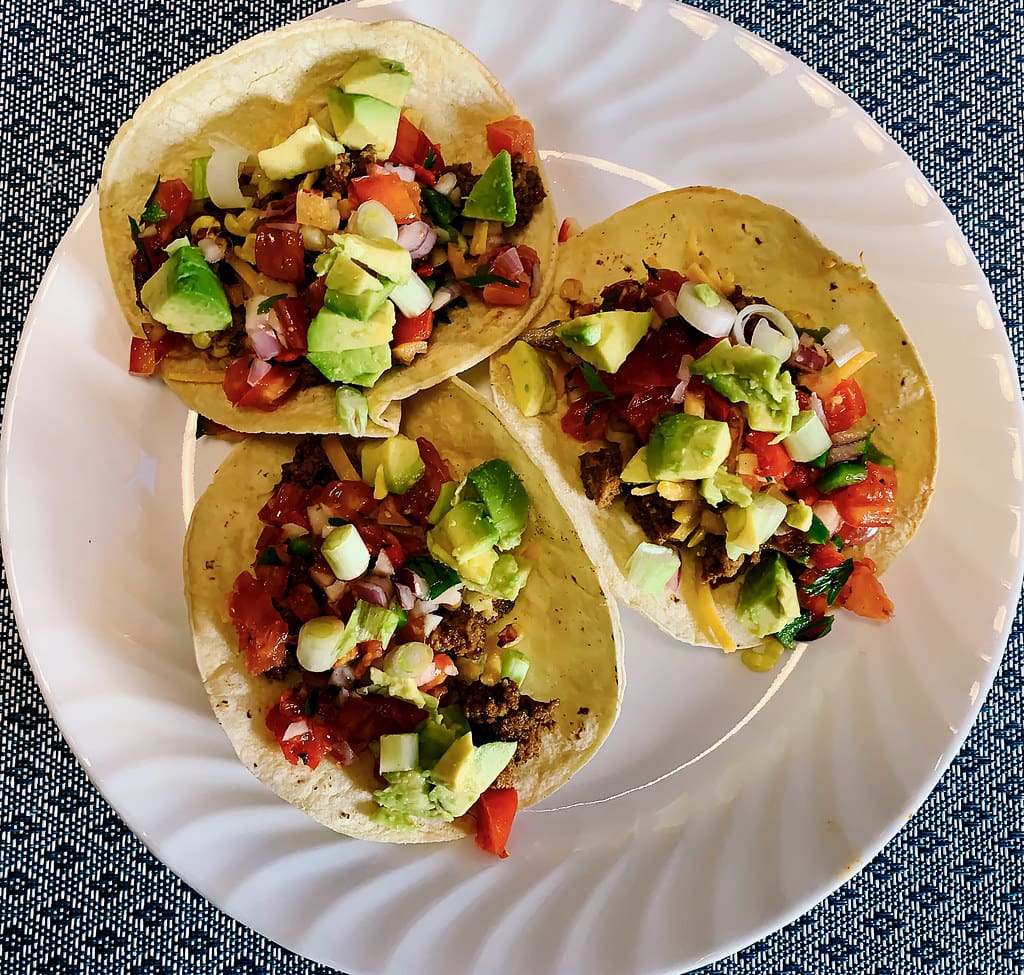
Having regular theme nights can simplify meal planning if everyone in your family enjoys a certain type of fare. For example, you might have fish Fridays, pizza Saturdays, taco Tuesdays, meatless Mondays, or breakfast for dinner. Poll your family for their favorite cuisine, and you’ll have them looking forward to this night of the week.
25. Keep Track of What Works
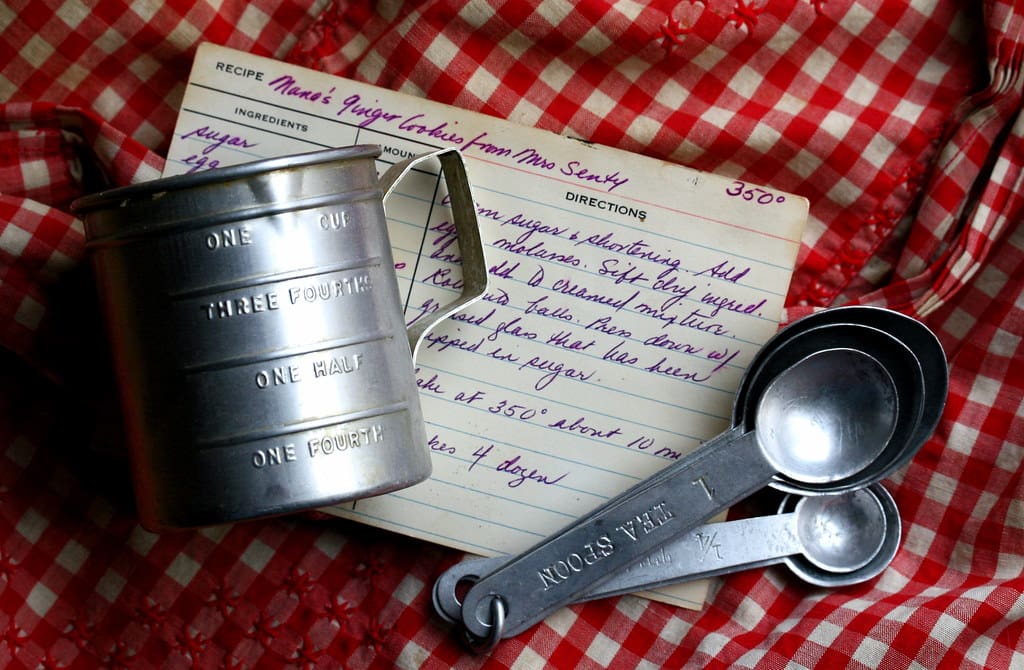
As you make certain meals, be sure to note the recipes that came out well and your family enjoyed. If you are improvising, make sure to write down the ingredients, amounts, and the steps you took. If something needs a tweak to improve, make a note. Keep a list of all your favorite recipes for future meal planning.
24. Experiment with New Flavors

If part of your meal planning quandary has to do with boredom and repetition of recipes, perhaps it’s time to experiment with new flavors. Consider marinated meats, different international cuisines, curries, and different spice blends. Stir-fry recipes are a great way to combine meats and vegetables with flavor into a single dish.
23. Focus on Make-Ahead Meals
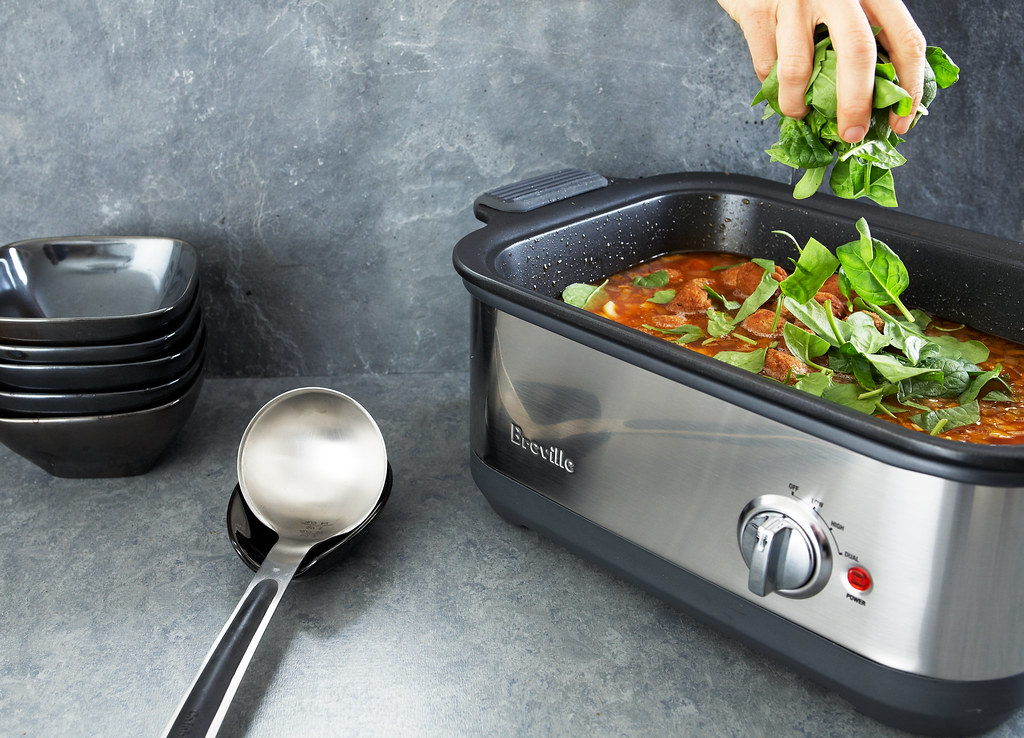
Focus on planning some meals you can prepare in advance that can be reheated to save you time during the week. Spending an hour or two on Sunday to cook some meals in advance can alleviate stress when you’re in a time crunch during weeknights. Slow cookers, Dutch ovens, and single-pot cookers make it even easier.
22. Shortcut Everywhere You Can
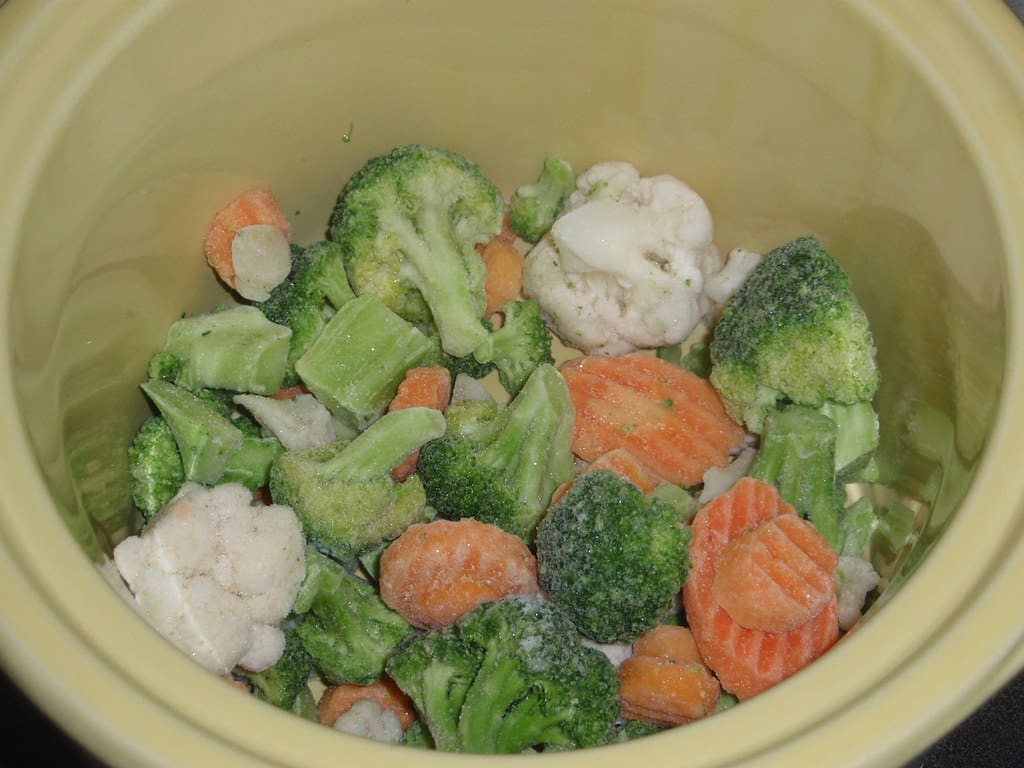
Look for ways you can shortcut meal preparation. For example, start with already-cooked rotisserie chicken from your grocer for chicken dishes, then add other ingredients. You can use this method to make many Mexican dishes, stir-fries, stews, soups, casseroles, chicken pot pie, and more. Use frozen, microwavable vegetables instead of fresh. Use ready-made crusts, sauces, and gravies. Use microwave rice.
21. Make the Most of Your Schedule
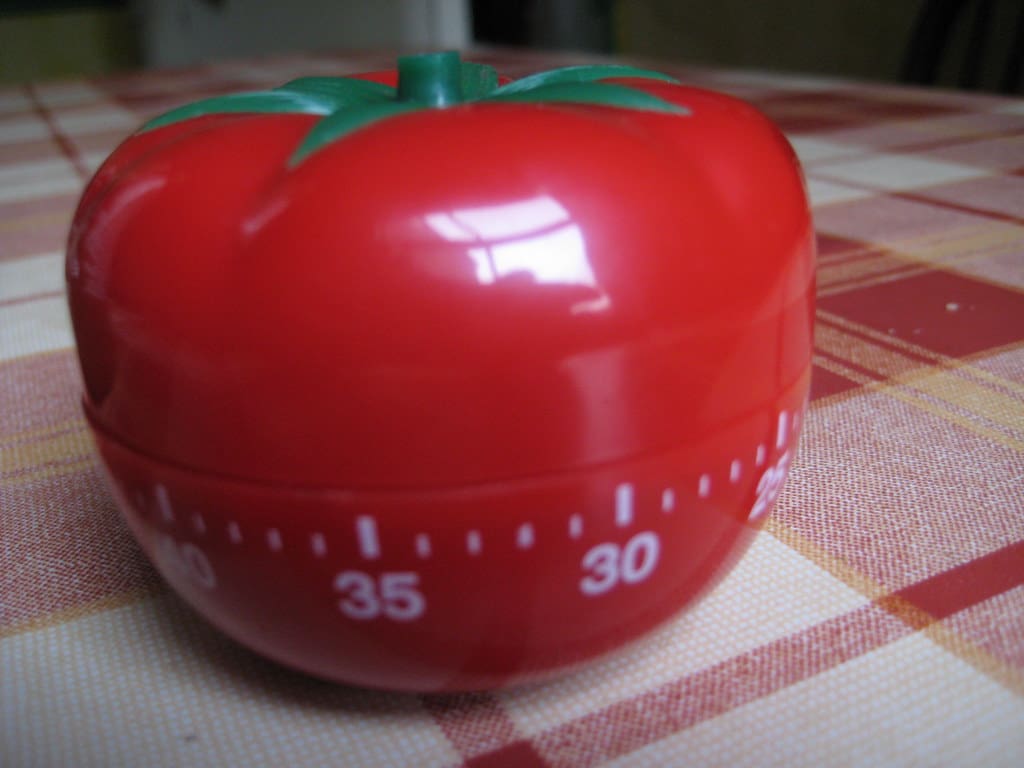
Do your meal planning and preparation on what works for your schedule. Perhaps the weekend isn’t the best time to prepare meals in advance. Plan to have “reheated” meals on the nights you’ll have your biggest time crunch or no time at all. Save time-consuming meals for nights when you’re least busy. Make your “15-minute meals” on your busier nights.
20. Simplify Your Sides

Keep it simple by not planning a different multi-course meal every night. Instead, you can repeat certain side dishes throughout the week. For example, rice or potatoes. Mix it up with different spices or toppings. A combo of leafy greens as a side salad can also have a variety of raw vegetable additives and dressings.
19. Make a Plan Based on Servings
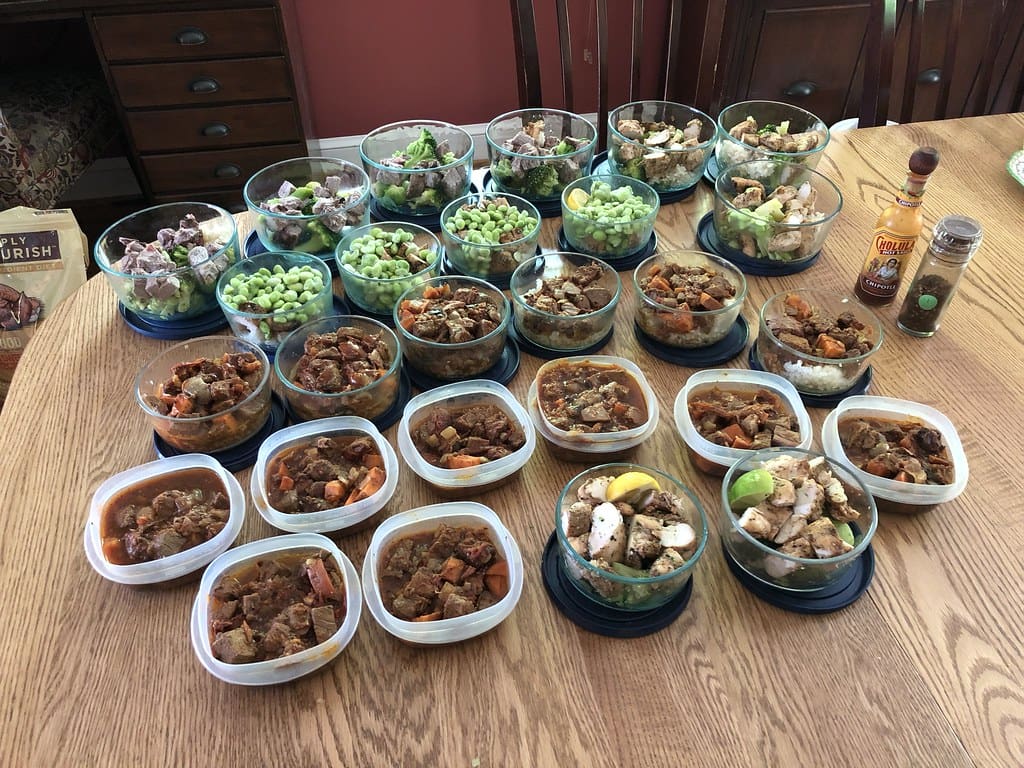
It’s easy to make more than you need. Learn how to reduce your recipes to make smaller amounts based on the number of servings you need. There are plenty of free recipe converter calculators online to assist you with this, as well as apps for your smartphone. Sometimes, it’s a no-brainer, cutting a four-person meal in half to serve two.
18. Plan Dishes Around Available Ingredients

Take advantage of seasonable items and sales by planning your dishes around these ingredients to save money. Also, consider the ingredients you already have in stock. You can plan meals around them to use up supplies. Plan multiple meals around ingredients you can buy in bulk to save even more.
17. Don’t Grocery Shop on Sunday

Sundays are one of the most crowded times at grocery stores. Besides lots of people and long lines, inventory will be lower on Sundays. The best produce will be picked over, and you may find other items out of stock. The best times are typically first thing in the morning, late in the evening, and during the week.
16. Save Time by Consolidating Prep Work
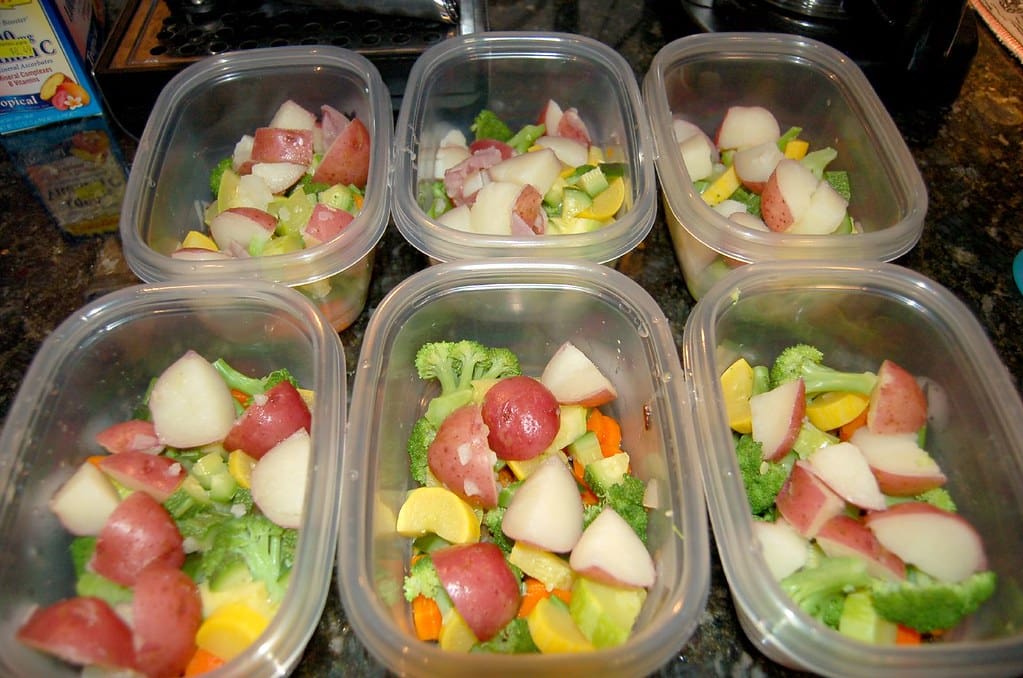
If you are going to have three recipes this week requiring chopped onions, do all your chopping at once, then store them in an airtight container in the fridge. You can do the same with meat and vegetable prepping. Grab and cook as needed. Just make sure you know how long things will stay fresh and use them before then.
15. Cook in Bulk and Freeze
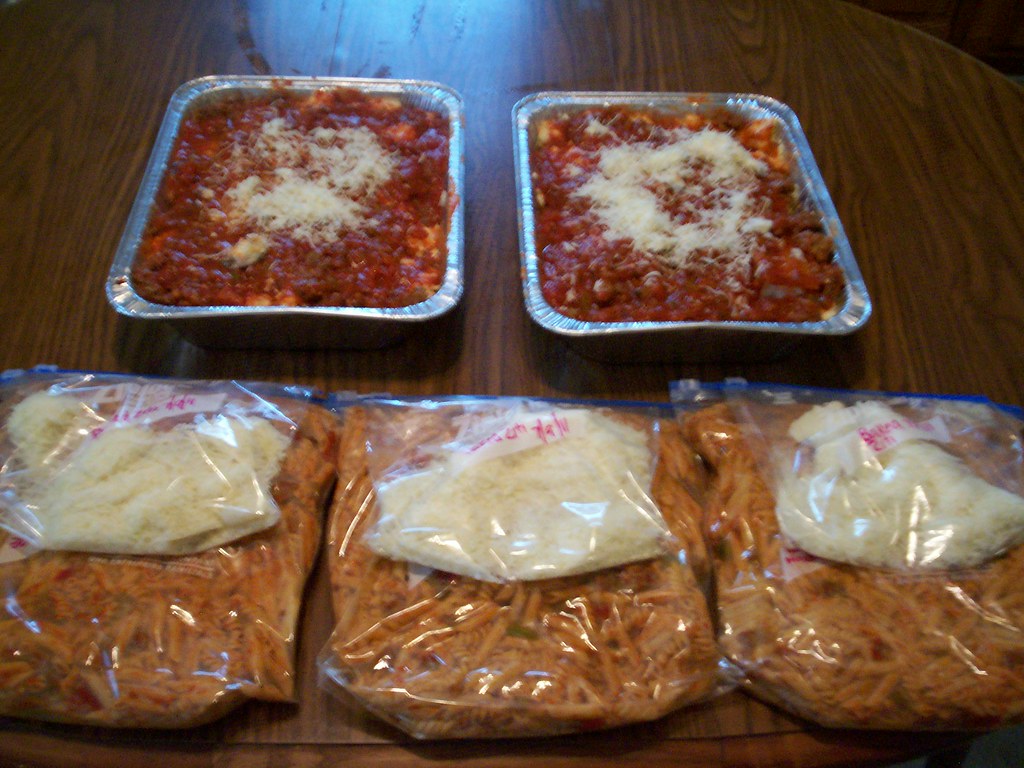
You can save time and money by cooking certain meals or entrées in bulk and freezing portions for later reheating. You can do this with enchiladas, casseroles, soups, stews, meats, and more. Freeze meal-sized or individual-sized portions. Mark and date each item and use it within six months to avoid freezer burn.
14. Double-Duty Dinners

Use ingredients from one meal to make another. For example, chicken can be used for various entrées, soups, and salads. Leftover pasta sauce can be used to make French bread pizzas or on poultry or fish. Roast beef can be used in tacos. Hamburger patties can be a meat serving without the bun or crumbled and used in burritos.
13. Buying in Bulk

Taking advantage of buying in bulk at stores such as Sam’s Club or Costco can definitely stretch your food dollar. However, this will mostly apply to items with a longer shelf life. Some of the best deals are frozen meats, cereals, salad kits, ranch dressing and dips, croissants, nuts, fresh fruit, sparkling drinks, and storage containers (which you will need).
12. Know When to Buy Small

If your goal is to reduce your shopping expenses, buying bulk isn’t always the answer. While it’s true you might save money per unit when buying in bulk, some items may expire before you can use them all. Oils can go rancid in as few as three months. Buy small amounts of items that have a shorter shelf life.
11. Prevent Waste by Shopping at the Salad Bar
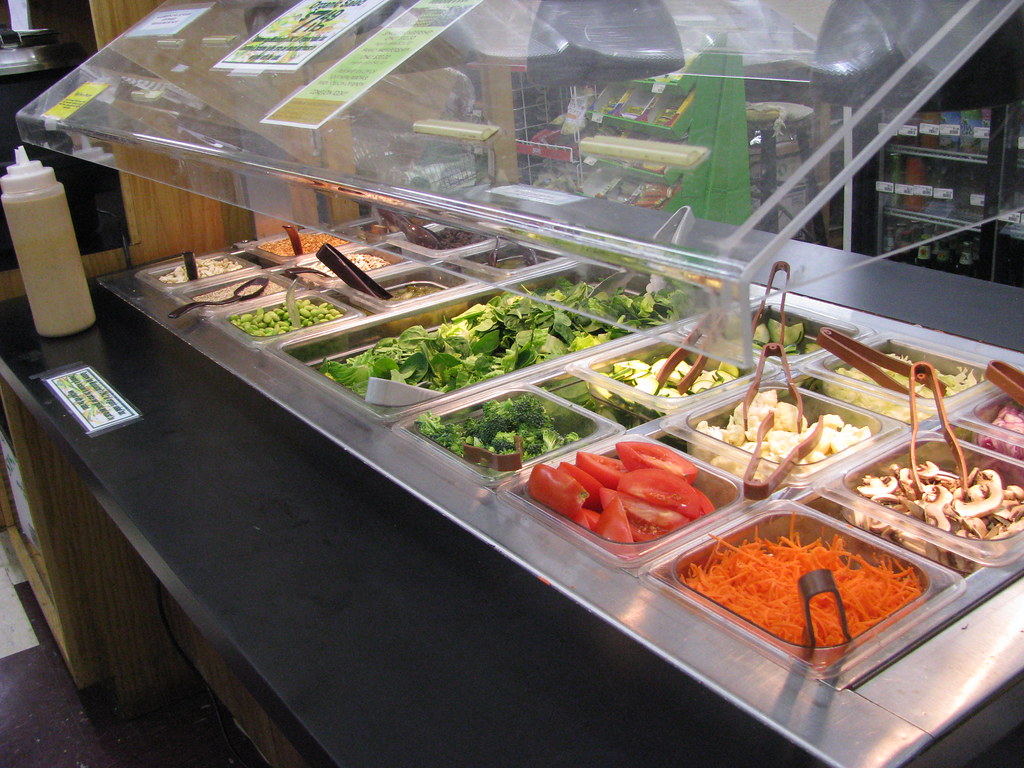
The biggest problem with buying produce is the waste. You often have to buy more than you need, and the excess rots in your refrigerator. To prevent waste, you can buy small amounts of certain fruits or vegetables at the grocery store’s salad bar. They’re more expensive but will allow you to buy only what you need.
10. Move Some Items to Clear, Airtight Containers
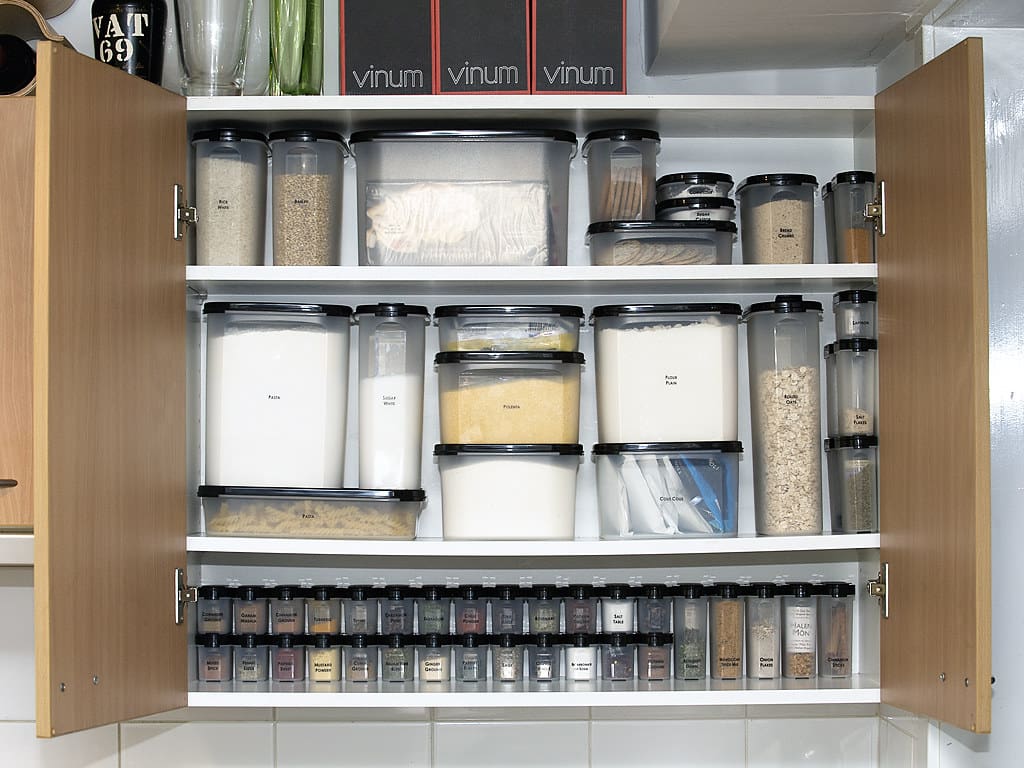
For dry goods, such as rice, beans, and pasta, consider transferring them from their grocery store packaging into clear, airtight containers. This not only helps you organize your space better with stackable containers, but it also makes it easier for you to gauge your quantities and know when you need to restock.
9. Create Pantry “Zones”
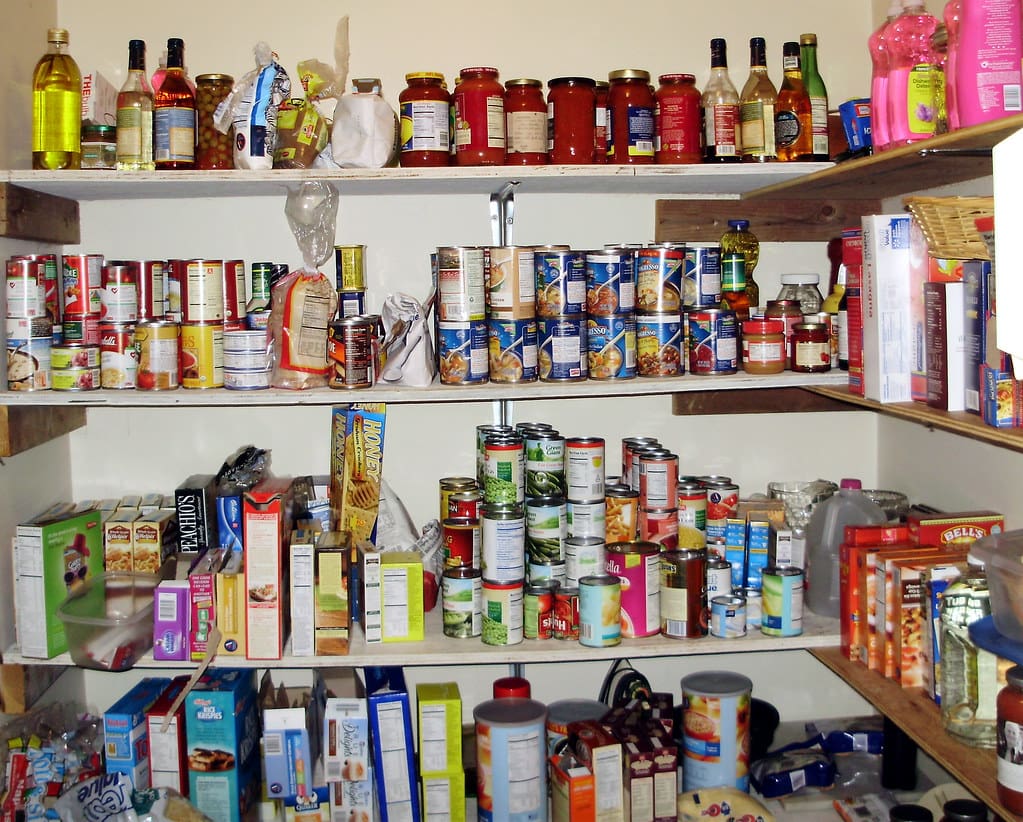
Make it easier on yourself by organizing your pantry into categorized “zones.” For example, separate sections for canned goods, dry goods, snacks, baking supplies, and so on. Also, for your canned goods, consider graduated step organizers that help make each label visible and rotate them with the closest expiring date toward the front.
8. Make a Kitchen “Drive-Thru”
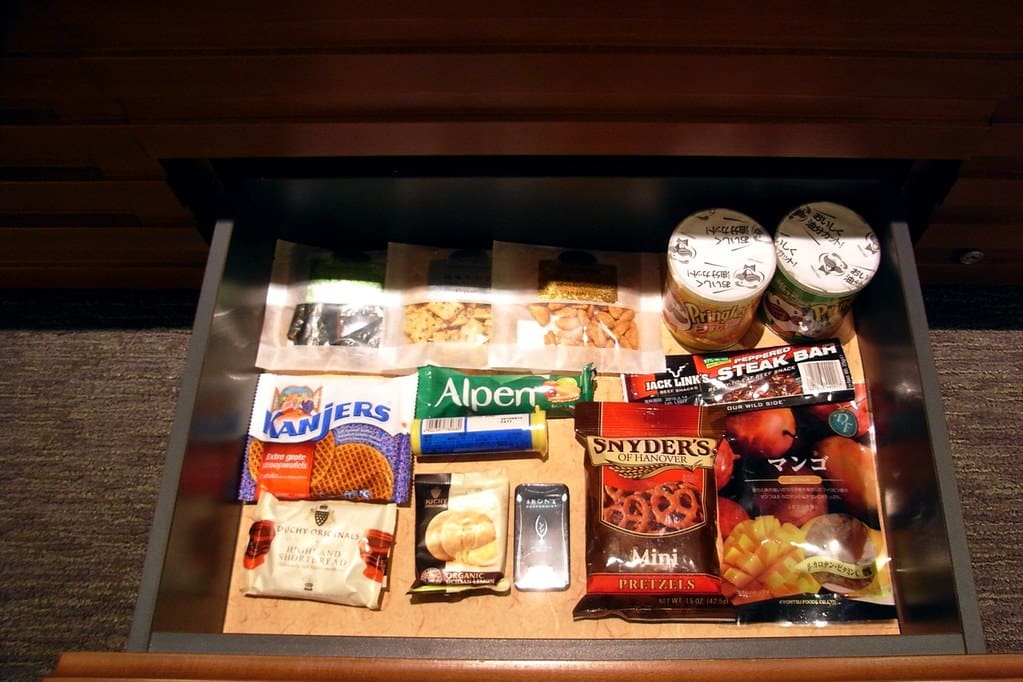
Take a section of your pantry, a drawer, or a bin with three compartments and make a kitchen “drive-thru.” This allows your family to grab and go with breakfast, lunch, or snacks. One compartment can have microwave soups and Ramen, while another has energy bars, nuts, and crackers. Another compartment can have fresh and dried fruit.
7. Stock up on Quick-Meal Supplies
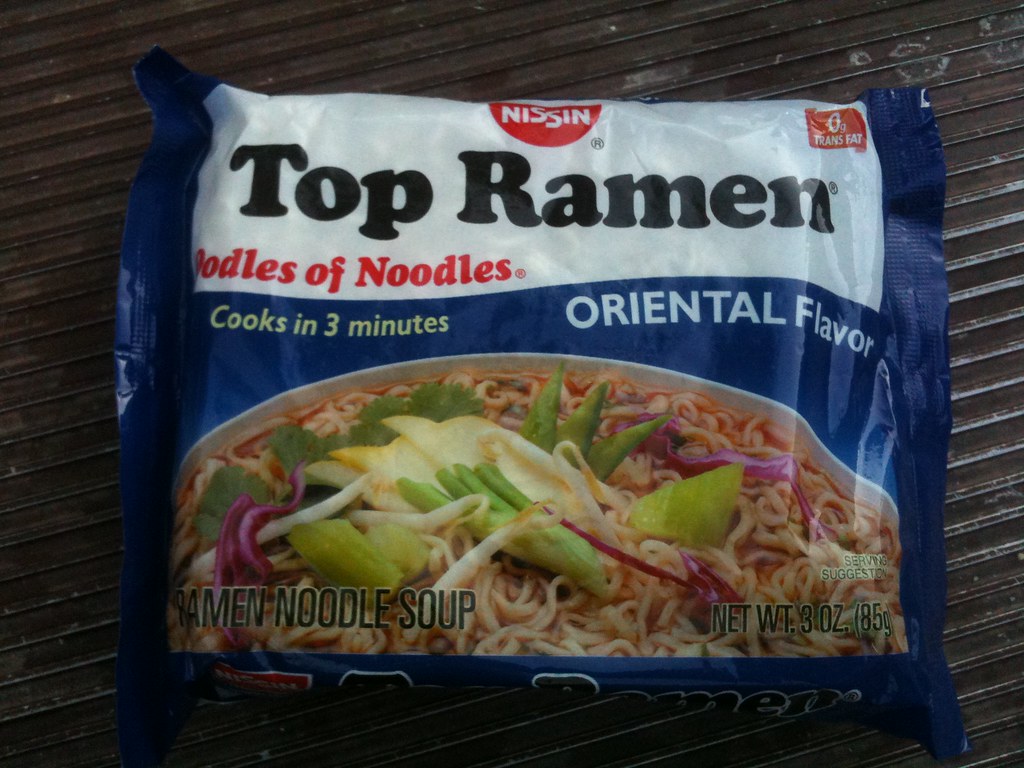
Keep stocked up on things you can grab for a quick meal when you are short on time or can’t plan ahead. For example, microwavable foods such as mac & cheese, soups, rice, Ramen, or frozen vegetables. Canned food such as spaghetti, chili, tuna, sardines, vegetables, or fruit. Keep a block of cheese for grilled cheese or quesadillas.
6. Always Have a Backup Plan
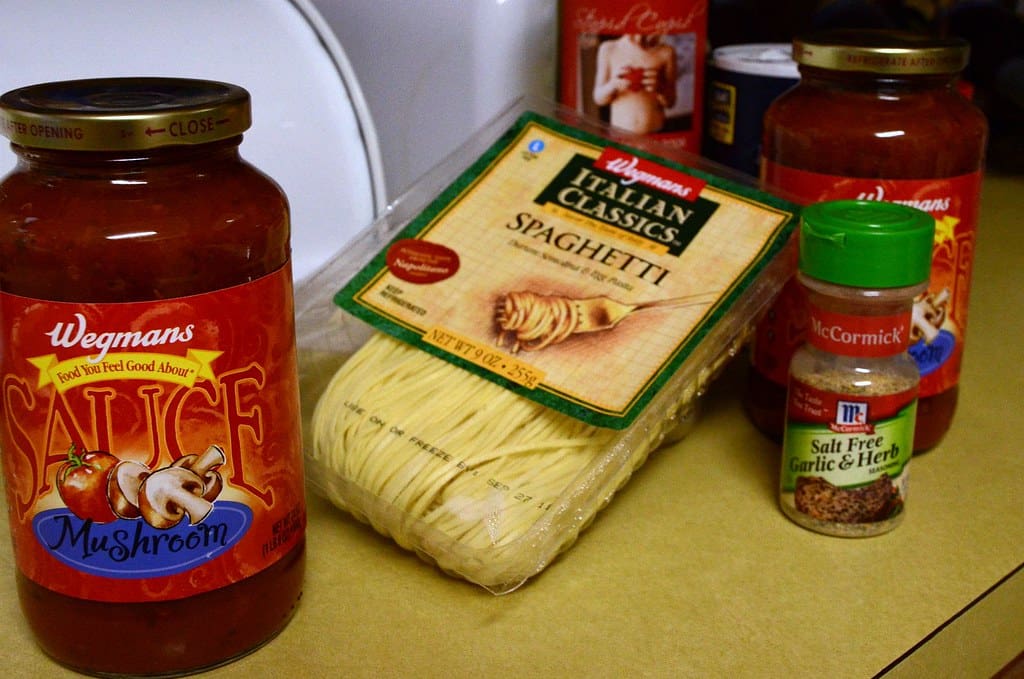
What happens if you forget to thaw the meat for tonight’s meal? As the previous paragraph indicated, stocking up on quick meal supplies is important when you need to think fast to throw a meal together. This is part of having a backup plan. Think about what kind of meals you want for your backup plan when purchasing supplies.
5. Round out Your Quick Meals with Easy Side Dishes

Not every meal has to be a seven-course dinner. For example, a grilled cheese or leftover pizza as an entrée with a healthy side salad helps round out the meal. Or open a can of tuna and add it to your salad. Likewise, some quick canned spaghetti can be rounded out with microwavable frozen vegetables as a side dish.
4. Swapping Ingredients

Every recipe doesn’t have to be followed to the letter. You can swap ingredients to save money or when they’re unavailable. For example, you can swap cottage cheese for ricotta cheese for lasagna (although it is runnier). Ground turkey can be substituted for ground beef. The important thing is to know how to adjust your substitute to suit your recipe.
Read More: The 15 Most Affordable Grocery Stores in the US
3. Prioritize Shopping During Sales and Become a Preferred Customer
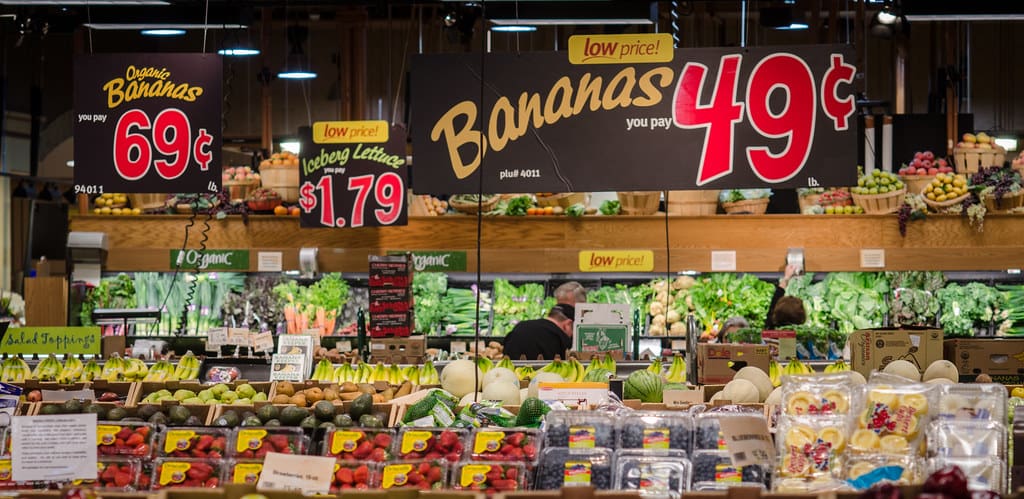
Planning some of your meals around sales can save you a lot of money, even if you freeze some items until you’re ready to use them. Some items are marked down during holidays. Save even more by buying seasonal items during the off-season or clearance sales. Become a preferred customer (get a club card) to save even more.
Read More: 20 Things You Shouldn’t Buy at Sam’s Club
2. Limit Your Grocery Trips and Maximize Savings with Coupons

While you want to take advantage of sales, you don’t want to run to the store for every sale and sacrifice your savings in additional gasoline expenses. Make as few grocery trips as possible. However, make sure to maximize your savings with each visit and use coupons. There are many smartphone apps to help you find coupons and deals.
Read More: 10 Items You Should Always Buy in Bulk
1. Plan for Dining Out
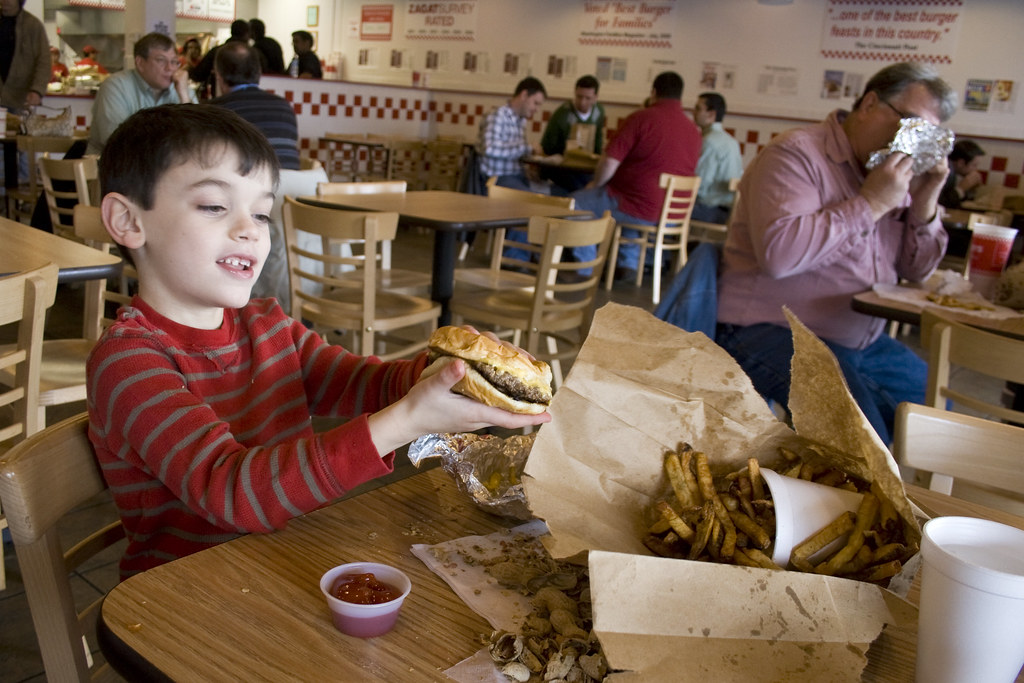
Although your primary focus is meal planning on a budget, that doesn’t mean you have to eat every meal at home. Try to organize your budget so you can occasionally have a meal away from home, even if it’s only takeout. This will provide a little variety and allow “the cook” to enjoy someone else’s cooking.
Read More: How to Organize a Meal Train for Your Loved Ones








